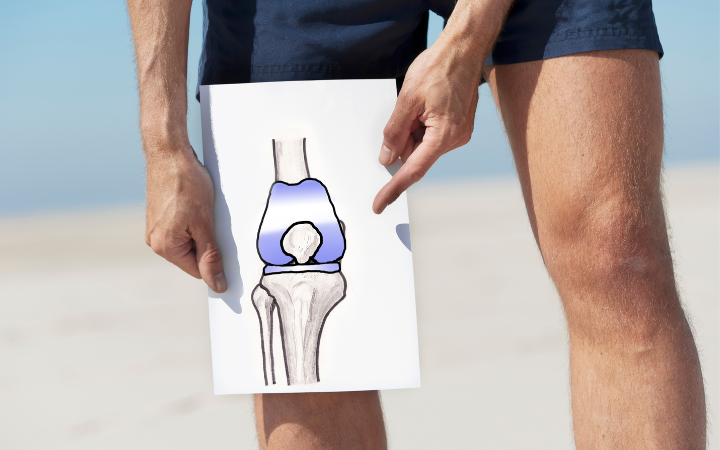JOINT REPLACEMENT : HOW PHYSIO CAN HELP
Joint replacement is a surgery to replace damaged joints with manufactured parts, most commonly performed on the knee or hip when other treatments have failed. Physiotherapy has an important role to play when it comes to preparation and recovery from joint replacement surgery. Read on to find out more.

Why are joints replaced?
Joints are replaced when they are worn and damaged and it is causing chronic pain and mobility issues. If the issues have not been resolved from other treatments, a partial or complete joint replacement may be recommended by your doctor.
Common reasons that knee or hip joints are replaced include:
- Arthritis (i.e. osteoarthritis, or rheumatoid arthritis)
- Hip disease since birth (for hip replacements)
- A serious knee or hip injury
- Chronic pain that is present even while at rest and that restricts your mobility
If you are suffering from chronic pain and mobility issues, joint replacement may be recommended by your doctor to help increase mobility, reduce pain, and improve your quality of life.
How physiotherapy can help you to prepare for joint replacement surgery
There are many benefits to pre-surgery physiotherapy, whether you are having a knee replaced or a hip (or both!). The right preparation can make a big difference to your recovery.
As physiotherapists, we help you to stabilise and strengthen the muscles surrounding the joint. Leading up to your surgery we will set you up with a program of exercises and stretches and show you how to do them with the proper technique. We can also provide guidance on how to modify activities at home to stay mobile before and after surgery.
Staying physically active leading up to your surgery is really important and can help to speed up your recovery. In the lead-up to your operation, try to continue with gentle exercise including walking or swimming. It is also a good idea to strengthen your upper body to help with using crutches or walking aids post-surgery.
How physiotherapy can help you to recover from joint replacement surgery
Physiotherapy is a vital part of recovery and rehabilitation from joint replacement surgery. It’s important to keep moving, but you also need to moderate your activity to make sure you don’t do too much too soon.
It will take time for the pain and swelling to subside following your surgery. In the early stages, it’s important to get moving and do exercises to increase circulation and prevent blood clots. The hospital physiotherapist & medical team will have you moving on day 1 and will show you the exercises to do. By the time you leave the hospital, the staff will have shown you how to move, sit, sleep, and use walking aides to get around. They will also show you how to get up and down stairs safely.
When you head home, the rehabilitation and hard work continue. Post-surgery physiotherapy aims to reduce pain and inflammation, restore the range of motion in the joint, improve flexibility, strengthen the surrounding muscles and improve the functionality of the joint. It can take 3 to 6 months to recover and return to normal activities (hopefully improved with your new joint!).
References:
- OrthoInfo (2020). Total knee replacement. [Online] Available from: https://orthoinfo.aaos.org/en/treatment/total-knee-replacement/ (Accessed 25 September 2022).
- NHS (2019). Recovery: knee replacement. [Online] Available from: https://www.nhs.uk/conditions/knee-replacement/recovery/ (Accessed 25 September 2022).
- Patient Info (2020). Do you need physiotherapy after joint replacement? [Online] Available from: https://patient.info/news-and-features/do-you-need-physiotherapy-after-joint-replacement (Accessed 25 September 2022).
- Health Direct (2021). Hip replacement. [Online] Available from: https://www.healthdirect.gov.au/hip-replacement (Accessed 25 September 2022).
Uploaded : 28 October 2022




